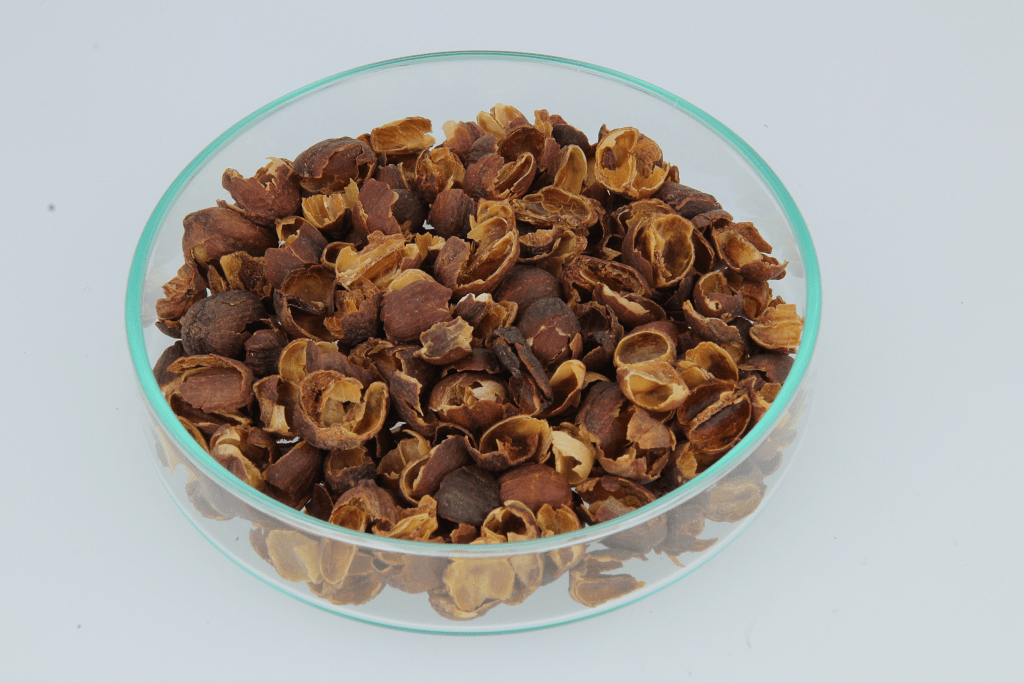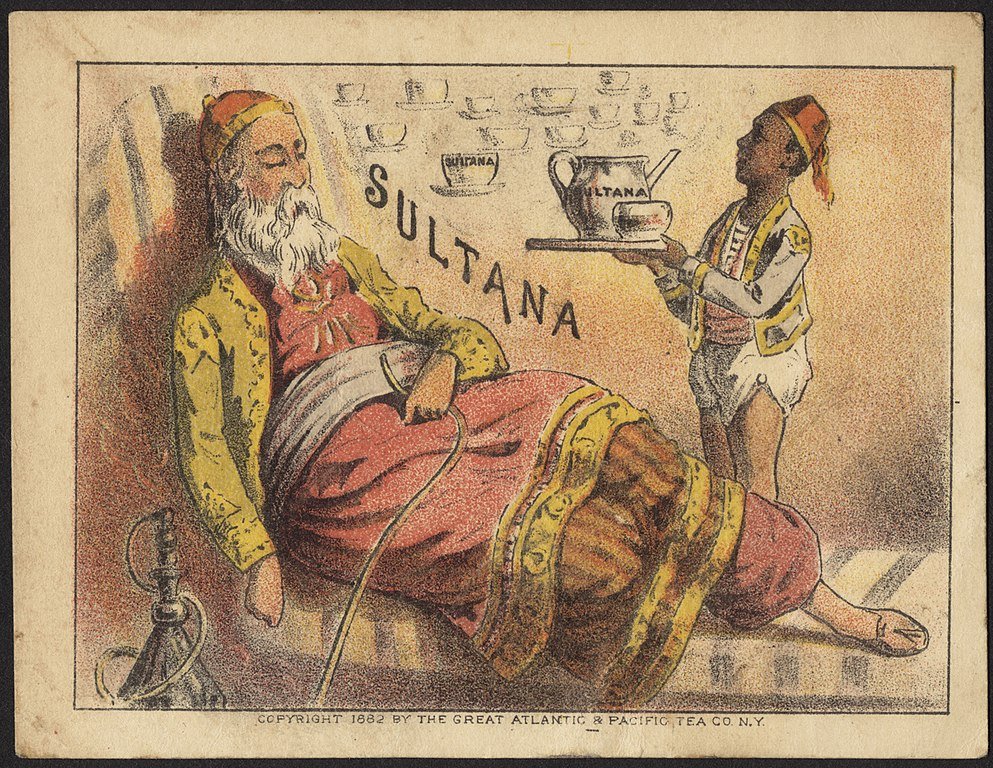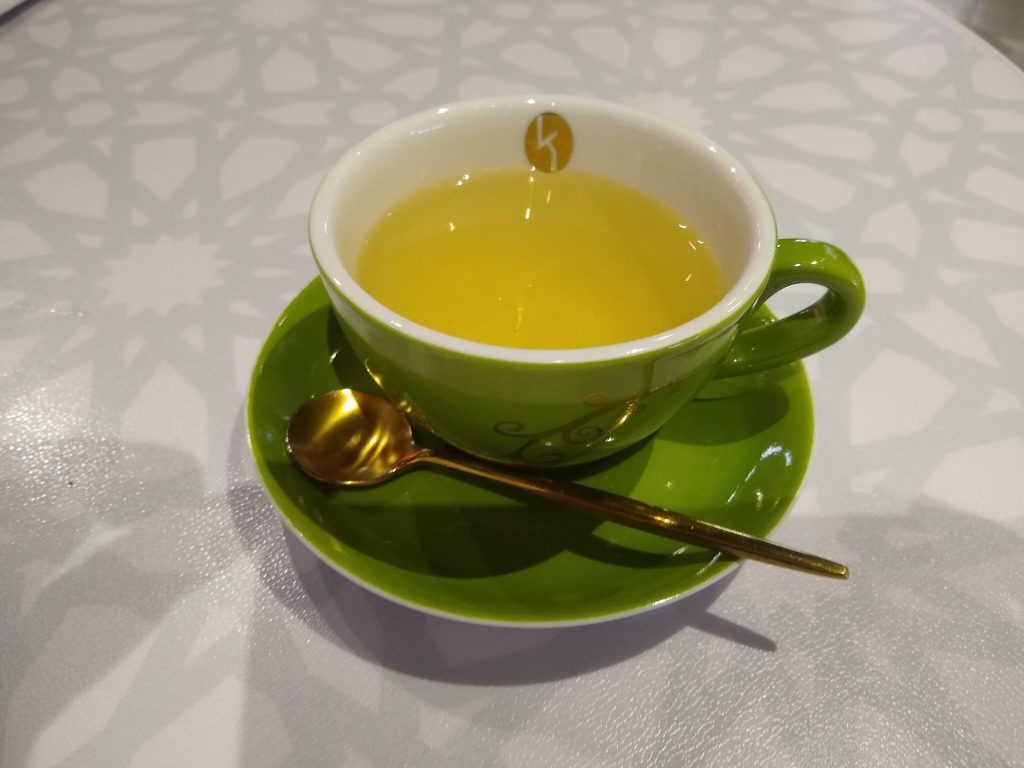Cascara is a surprisingly good coffee by-product. After trying hot infused drinks and cold brew cascara, I think it’s extremely undervalued.
To write this blog post I borrowed insights from coffee scientists, historians, estate owners, and roasters. Unexpectedly, cascara is above and beyond anything I knew about it. More than a mere by-product, cascara is a cultural treasure.
Curiosity, as usual, pays dividends. While researching about cascara I found other interesting drinks and snacks based on coffee berries, flowers, and leaves.
Soon I will write more articles about each by-product because they are quite interesting on their own.
If you want to learn more about cascara, keep reading!
What does cascara mean?

Cascara comes from the Spanish word cáscara, which means ‘husk’. In terms of coffee, the word refers to the coffee berry skin along with the mucilage.
Traditionally, cascara has been discarded after coffee processing. Chahan Yeretzian from the ZHAW Coffee Excellence Center asserts that cascara is among the most important coffee by-products because of its volume.
Cascara can be easily brewed as a hot infusion and offers fruity and sweet notes. Visually, the drink looks like chamomile tea, with a light yellow color. If cascara is roasted, the drink offers a slightly bitter taste with lower acidity, with a light orange color.
Researchers from the Food Bioscience Group at the Instituto de Investigación en Ciencias de la Alimentación, in Spain, explored innovative alternatives for cascara processing like flour, enriched bread, gluten-free bread, nutraceuticals, and a low-cost source of natural colorants, among others.
A couple of years ago, cascara became a valuable by-product with very high demand. At some point, it even reached a higher price than coffee. However, regulatory concerns in the EU halted the ever-growing interest in cascara and other by-products.
Processing coffee by-products like cascara can dramatically improve the value chain sustainability. Because of this, academic, governmental, and corporate researchers in the EU analyzed cascara and other by-products to determine if they are safe, and provide enough evidence to pass regulatory examinations.
As a result, many studies have found beneficial properties related to cascara intake, as it’s a source of antioxidants, like coffee drinks in general.
Cascara Infusion (Coffee Cherry Tea) vs. Cascara Sagrada
Cascara infusion—also known as Coffee Cherry tea [1] has gained popularity around the world. It’s relatively easy to make this hot beverage, as you can brew it like any other infusion with hot water.
Additionally, with the increasing enthusiasm for cold-brewed beverages, cascara has been prepared as a cold drink as well.
On the other hand, Cascara Sagrada is the name of the dried bark of a tree, mainly found in North America. It’s also called Sagrada bark, Buckthorn, or California Buckthorn.
Cascara Sagrada has laxative properties. North American Natives, most notably the Chinook people had this bark as part of their traditional medicine.
However, in the early 2000s concerns about Cascara Sagrada safety raised the FDA’s alarms. Since then, it has been banned as an ingredient for laxatives [2].
Qishr: The Ancestor of cascara
I learned about qishr thanks to Stewart Lee Allen’s book The Devils’ Cup [3]. Albeit eccentric, and controversial, it’s one of the funniest books I have read about coffee so far.
As I dug deeper, I found Jonathan Morris’ book ‘Coffee: A Global History’ [4]. According to Jonathan, people began to drink hot-infused raw coffee cherries, along with the beans. This refreshing beverage has centuries of history in Yemen, with the name qishr.
In Yemen, qishr is a traditional hot beverage. Yemenis brew it by adding dried coffee husks and mucilage to other spices like ginger and cinnamon.
Qishr is more affordable than coffee, so the locals have been preferring it over coffee for some years now. It might be particularly true at the moment, when Yemen is suffering one of its most severe humanitarian crises, after struggling with internal conflict for decades.
Yemeni coffee culture is, arguably, one of the richest in the world. Yet, coffee isn’t as popular as it was. Qishr, on the contrary, has been popular among Yemenis until very recently.
According to some, qishr it’s still a sign of hospitality in Yemeni culture. Hosts used to serve this hot infusion to their guests, and it was common to share a cup with friends and family.
Because coffee husks are becoming more accessible, people outside of Yemen try to make qishr by adding finely ground coffee beans to the mix.
In Western countries, some people know qishr as ginger coffee. When they add more spices, they call it spiced ginger coffee too. Sweeteners aren’t always necessary for qishr, but many like to add honey or sugar.
Sultana: Rediscovering A delicious Beverage

In Bolivia, cascara is also known as sultana. Mostly, sultana refers to the hot cascara-based beverage.
Sultana likely became a common drink among domestic servants and rural workers in coffee farms in Bolivia [5]. The Yunga people, in Bolivia, adopted sultana as a drink since then.
Due to its low cost, it was widely known as the tea of the poor, but lately, it has been revalorizing and its increasing popularity is good news for coffee farmers around the world.
In the past, sultana was a commercial product, distributed mainly in the Americas. Although some evidence suggests that it was commercialized in France and other countries in Europe, in the XIX century. However, the evidence wasn’t sufficient for regulatory purposes, as it was considered mostly anecdotal, according to Dirk Lachenmeier, a food scientist and expert in coffee by-products.
In my home country, Venezuela, sultana isn’t popular yet, and cascara became a commercial product thanks to local roasters and coffee shops that asked for it directly from producers.
According to Edwin Acosta, from Trinidad Coffee State, in Venezuela, cascara became an internationally demanded product 3 years ago, so they started to process it at their farm in Merida, Venezuela, and sell it to different clients.
Juan José García, from Laguna Suprema Coffee Roasters, has been working with cascara in recent years too. However, a single client can buy all of his production, which is still a little-known by-product. Interestingly, Laguna Suprema has been processing coffee flowers too, which can be brewed as a tea with very sweet notes and a complex scent.
I will write more articles about other by-products that are very interesting like flowers and leaves.
Let me know in the comments which one makes you feel more curious about it!
How to prepare cascara?

You can prepare cascara in two ways, at least. Most people prefer to drink it as a hot beverage. However, during Summer many prefer to have it as a refreshment. Here, we’re going to elaborate on both preparing methods.
Hot infused cascara
- To make hot cascara tea, you will add 3 tbsp. of loose dried coffee cherries in a tea strainer
- You can also put loose cascara at the bottom of your mug
- Pour hot water (8-10 ounces) over the infuser
- Leave it for a short period of steep about 5 minutes
- Take out the infuser before drinking
- Let it rest for about 1-2 minutes
- Enjoy your cup of cascara
Cold cascara
Making Cold-brew cascara is fairly simple, but requires a lot of patience. You can brew in cold water by adding 6 tbsp. of cascara in 12 ounces of cold water. Then, let it steep for 12-16 hours.
Some prefer the wild simplicity of letting cool a hot infusion to enjoy a cold cascara drink. In Venezuela, a traditional coffee-producing country, cascara is starting to get noticed.
According to Juan José García, CEO of Laguna Suprema Coffee Roasters, many people prefer to drink it as a refreshment along with orange or tangerine slices.
If you want to learn more recipes with cascara, I included a link below to an amazing ebook that describes many interesting alternatives.
Further reading
From Zurich University of Applied Sciences (ZHAW) Digital Collection:
- Sultana: good practices and other curiosities
- Coffee cherry flavour. A book with 17 cascara-based recipes.
Credits, references, and Acknowledgments
Thanks to Chahan Yeretzian, from the Coffee Excellence Center of the Zurich University of Applied Sciences (ZHAW) for sharing valuable information, and an interview to learn more about coffee by-products.
Amaia Iriondo-DeHond and Dolores del Castillo helped me too, sharing their comments, insights and valuable documents, about their work at the Instituto de Investigación en Ciencias de la Alimentación. Thank you very much!
Dirk Lachenmeier, from CVUA Karlsruhe, Germany, provided beautiful pictures for this article and very valuable information about coffee by-products, in general.
Edwin Acosta and Juan José García provided valuable insights to better understand the local perspective of cascara in Venezuela.
Trinidad Coffee Estate and Laguna Suprema Coffee Roasters are among the very few coffee businesses in the world that control coffee quality from farming to roasting. I feel honored to exchange information with both companies, and I am looking forward to visiting their estates anytime soon.
Thanks for your comments and support!
Notes
- Cascara tea isn’t adequate to name this hot-infused drink. Tea generally refers to hot brewed beverages extracted from tea leaves. In this case, I prefer to use infusion, as the coffee cherry husk and mucilage aren’t leaves.
- For more information about regulations of cascara Sagrada: https://en.wikipedia.org/wiki/Frangula_purshiana
- Stewart Lee Allen (2001) The Devil’s Cup. Coffee: The Driving Force In History.
- Jonathan Morris (2018) Coffee: A Global History.
- An excellent piece of work about Sultana history, processing methods, and interesting information: Sultana: good practices and other curiosities. This book was the result of a partnership between the SNIS Project (Swiss Network for International Studies) and the Slow Food Bolivia movement, as part of the project for Improving Rural Livelihoods through the Promoting High-quality Coffee and Coffee Cherry Products in Colombia and Bolivia.



Thank you for the work in involved in preparing this – and thank you for citing my book! It’s fascinating that the name in Boliva was Sultana. According to Jean de la Roc’s A Voyage to Arabia Felix (orig 1715, translated English 1732):
Our Frenchmen who at the Court of the King of Yaman (Yemen) and where they were treated by the Gouvenor and Men of Quality, saw no other Sort of Coffee; declare that there is something in it very palatable and delicious; adding, that there is no need to use Sugar, because it has no Bitterness to correct, but that, on the contrary, one is sensible of a moderate Sweetness, which is very agreeable. This Liquor is called Coffee of the Soltana which is in great Esteem all over the Country.
Thanks for your comment, Jonathan! Your book is an absolute treasure. It would be really awesome to track the journey of Sultana, as a word, from Yemen to Bolivia! Can I assume that the use of the word liquor in this passage isn’t referring to an alcoholic beverage but to an infusion? A recent study found farmers in Nepal distilling spirits from coffee husks.